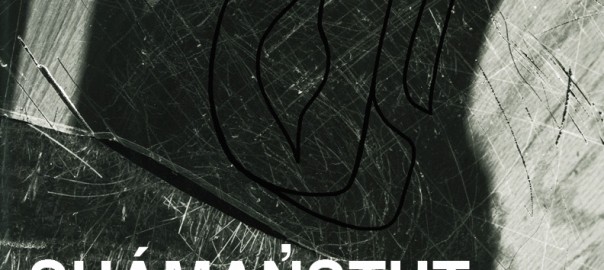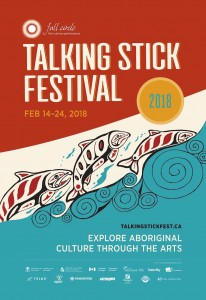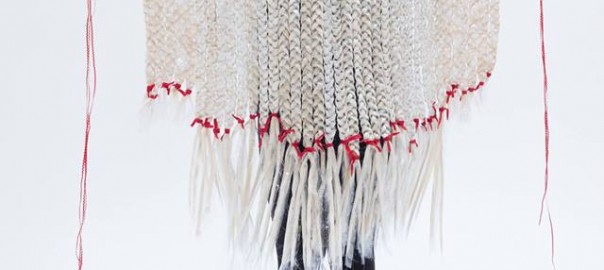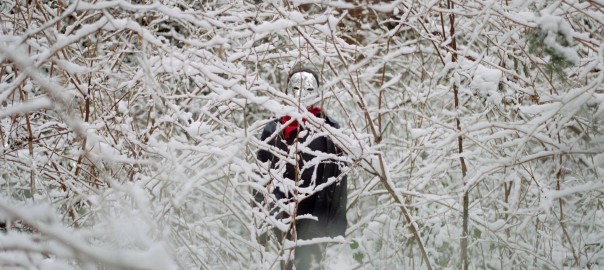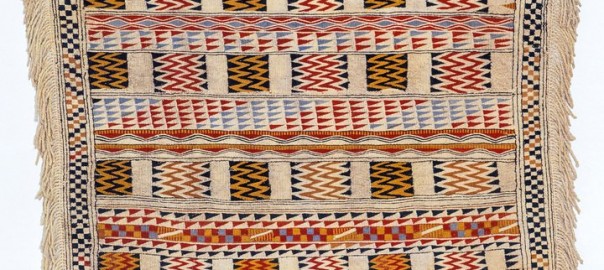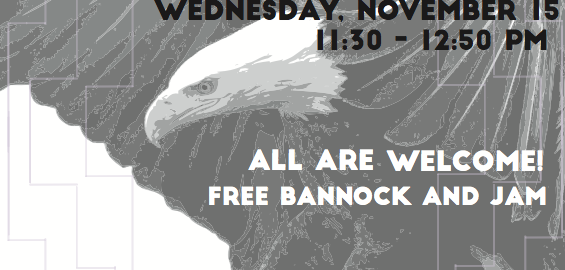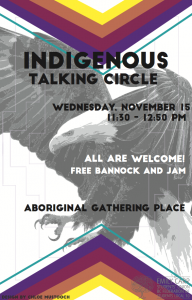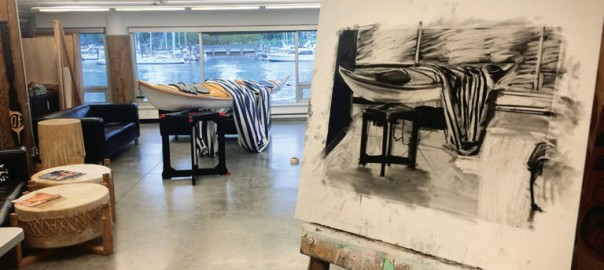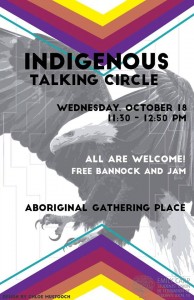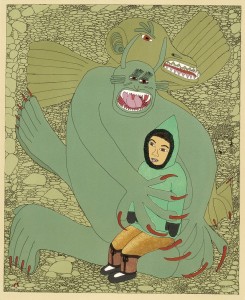Maureen Gruben
QULLIQ: In Darkness, Light
2 February to 15 April 2018
Opening Reception Thursday, Feb 1 at 7:30 pm
Artist walk-through Friday, Feb 2 at 12:00 pm
The Libby Leshgold Gallery is pleased to present QULLIQ: In Darkness, Light, a solo exhibition of new work by Maureen Gruben. The qulliq is a traditional oil lamp that was once the heart of the home. It was used to heat, to cook and to bring continuous light during the darkness of the Arctic winter. The new work included in this exhibition explores notions of light and transparency related to the light of the oil lamp as well as the translucence of ice.
Gruben forges critical links between threatened Arctic lands and communities, and international environmental and human conditions through disassembling and re-forming polar bear fur, moose hides, seal skins, gathered kelp. In her work, abstraction of form sits in active tension with the acutely ‘real’ presence of her geographically and culturally embedded mediums.
Gruben spent much of her childhood sewing with her mother, who was a seamstress, and trapping with her father. She has a tacit knowledge of Arctic land and the rich but increasingly precarious resources it offers. Frequently addressing themes such as Persistent Organic Pollutants (POPs), melting ice, and the rights of indigenous hunters to maintain their way of life, Gruben’s practice is permeated with activism while at the same time allowing generous room for her materials themselves to speak. While referring explicitly inwards to localised acts of hunting, gathering, communal preparation and sharing—and even to individual animals—her work, equally, extends decisively outwards, exploring new visual languages that offer compelling and often urgent global associations.
Maureen Gruben is based in Victoria, BC and Tuktoyaktuk, NWT. She was born in Tuktoyaktuk and studied at Kelowna Okanagan College of Fine Arts (Diploma in Fine Arts, 1990), the Enʼowkin Centre in Penticton (Diploma in Fine Arts and Creative Writing, 2000 and Certificate in Indigenous Political Development & Leadership, 2001), and University of Victoria (BFA, 2012). She has been recognized by Kelownaʼs En’owkin Centre with both their Eliza Jane Maracle Award (1998/99) and their Overall Achievement Award (1999/2000). In 2011 she was awarded the Elizabeth Valentine Prangnell Scholarship Award from the University of Victoria. Gruben has most recently exhibited in the group shows Blink at University of Victoria (2012) and Custom Made at Kamloops Art Gallery (2015), 150 Acts: Art, Activism, Impact at Art Gallery of Guelph (2017-18), and as part of Landmarks/Reperes2017; her first solo show, UNGALAQ (When Stakes Come Loose) opened at Vancouver’s grunt gallery in 2017.
